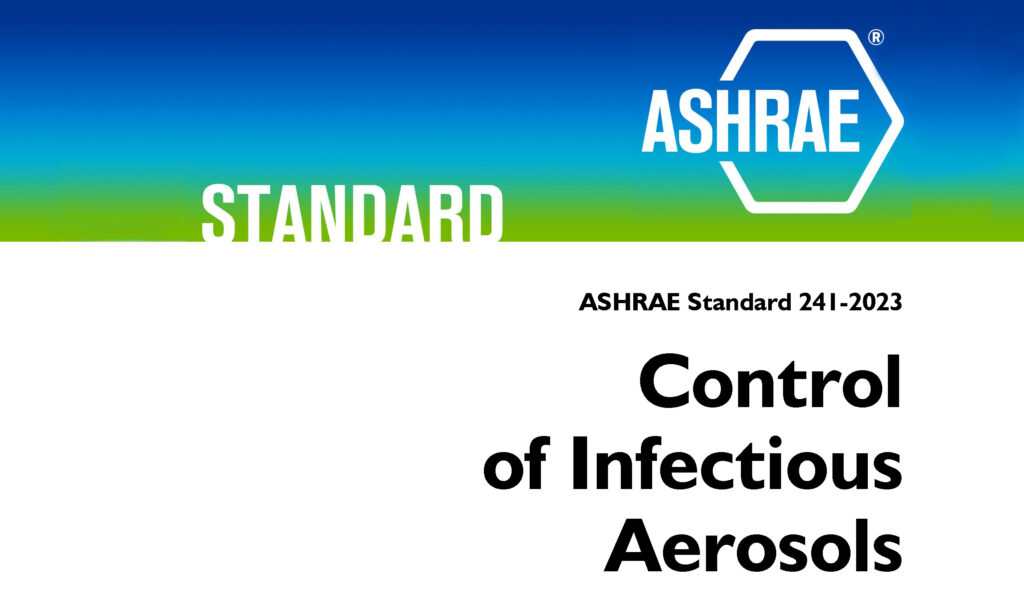ASHRAE 241 – The new standard on Indoor Air Quality focused on Infectious Aerosols

If you are unfamiliar with ASHRAE Standard 241-2023: Control of Infectious Aerosols (241), keep reading for a basic introduction. Developed by ASHRAE at the request of the White House, this standard was created in just six months. Its goal? To offer an alternative solution to widespread shutdowns in the event of another pandemic. Prior to […]
Harbor Transit Fleet Now Equipped with Air and Surface Disinfection Systems

Harbor Transit’s fleet now boasts newly-installed CASPR disinfection systems, adding another layer of protection for its passengers and employees. The CASPR (which stands for Continuous Air & Surface Pathogen Reduction) transit model is specifically designed for buses and trains and destroys 99.96% of pathogens both in the air and on surfaces, including COVID-19 and other […]
